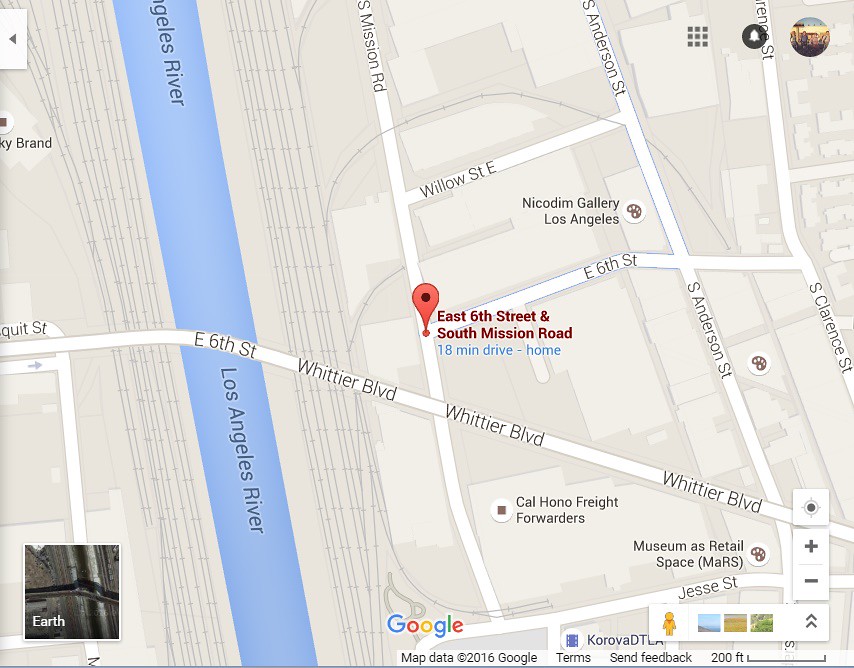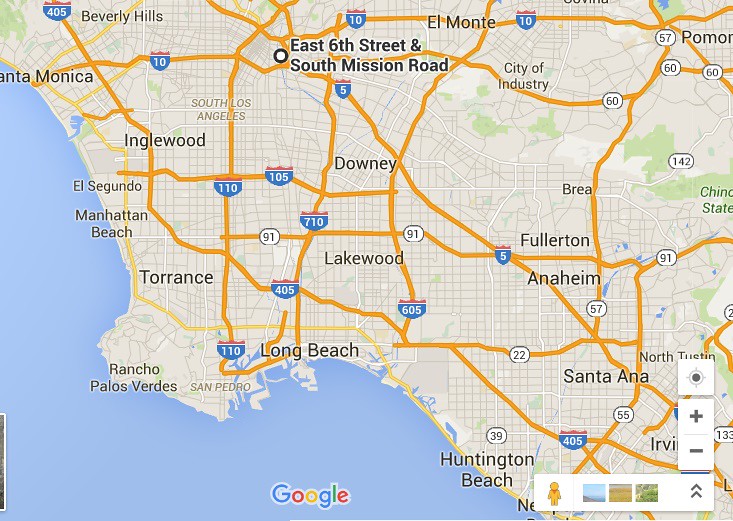How much sewage is in 2.4 million gallons?
In the paragraphs below, we explore through dimensional analysis the volume reported in the news.
How Large Is 2.4 Million Gallons?
In order to understand the magnitude of the disaster and the threat to the surrounding community, we need to understand how large of a volume is 2.4 million gallons of sewage. More generally speaking, how does one visualize 2.4 million gallons of a liquid (say water for example)?
In order to visualize the volume, another volume must be used as a metric. That is how dimensional analysis is carried out for other blog posts on this blog and in science, engineering, math, etc. A metric is used to cast the volume in question into for a comparison. For a volume of this magnitude, an Olympic Swimming Pool is a convenient choice.
How do I know this to be a suitable metric to use for dimensional analysis of the sewage spill?
Based on previous blog posts in which we entertain a range of volumes (small, medium, large) of a liquid (water, oil, etc.), the volume of the swimming pool will be a suitable metric. If you are a reader of this blog, you would agree.
How large is an Olympic Swimming Pool?
A picture of an Olympic Swimming pool is shown below:
Source: TripAdvisor.com
The volume of an Olympic Swimming pool can be taken from an earlier post that I wrote on this site: the introductory post! The volume is around 660,000 gallons of water. With this value in hand, the comparison to the volume in question (2.4 million gallons of sewage) is straightforward as shown below:
This means that 3.6 Olympic Swimming pools could be filled with the total amount of sewage spilled. When the volume is cast into that light (or dimension), the amount spilled does not seem excessive. Why were the beaches closed?
Beach Closure Due To Sewage Spill
The news reported a disaster in the form of a broken sewage pipe that spilled 2.4 million gallons of sewage into the streets of Los Angeles. Here is a video of the news report from the YouTube channel for "CBS news" shown below:
Source: CBS News
After watching the video above, the one question dominating my mind was the following:
How did toxic levels accumulate in the ocean after spreading out down the LA River bed?
Here is a map showing the distance to the LA River:
On the lower right hand corner of the map, a scale is provided to give context to the distance from the spill to the river. Furthermore, if we zoom out and look at the distance to the ocean, we can barely see the LA River as shown in the map below:
Why is this relevant?
The river bed is not full of water at any given time as portrayed in the GoogleMap above (the first map). In the video above, the river is shown filled side to side (near the ocean). That portion is closer to where the river dumps into the ocean. This is due to the ocean creeping back up into the river bed with a back pressure. Further up a few miles, the water is narrower. According to the news report, the spill occurred 20 miles up the river from the ocean. This time of year, the river is around 10 feet wide and about 2 feet deep.
The question that should stand out in everyone's mind is how much sewage is required to reach the ocean?
The reasoning behind the thought is the following. Upon the pipe breaking, sewage starts to spill and eventually runs into the river. By the time the initial sewage reaches the ocean, there should be a dilution due to mixing with the existing water.
How much water is flowing from the spill site to the ocean?
Below is a map illustrating the distance from the spill site to the ocean:
The path along the river to the ocean is denoted by the "blue line" in the map above. A scale is shown on the lower right hand side of the map. In total, the distance is 22 miles to the ocean.
If we want to determine the volume of water in the river, a volume needs to be calculated. The equation for volume is shown below:
In the equation above, there are three parameters that need to be known in order to determine the volume of sewage. First, the length is known to be 20 miles from the spill site to the ocean. Second, the width is approximated to be 10 feet. And last is the height of the water which was approximated to be 2 feet. The volume can be determined using the values listed as follows:
The volume can now be determined using the equation above for volume as follows:
The volume calculated above is expressed in units of 'cubic feet' which is not useful to compare against 2.4 million gallons. In order to convert units from 'cubic feet' to 'gallons' the conversion factor needs to be known. For every 'cubic feet' there are 7.4805 gallons. I took this conversion factor from a previous blog post.
With conversion factor between units known, the number of gallons can now be determined as follows:
The volume is now expressed in units of gallons -- which will allow us to perform a direct comparison to the volume of the spill shown below:
What does the result of 6.7 mean from the calculation above?
As the sewage spilled into the LA River, the sewage was 'diluted' into a large volume of water. I would like to know when the concentration of sewage was near zero in the river. I would speculate that the river and beaches were open before that was the case.
In an article in the 'LA Times' titled "Sewage spill in L.A. grows to 2.4 million gallons, prompting bans on swimming in Seal Beach and Long Beach", there was an excerpt detailing of a large sewage spill that occurred during the storm 'El Nino' in 1998. Here is the excerpt shown below detailing the extent of the beach closure:
Although the leak was large, it pales in comparison with Los Angeles’ largest spill.In 1998, more than 30 million gallons of sewage spilled during El Niño storms, Hagekhalil said.“We haven't had a large overflow in over 15 years,” he said.
If there was no storm to push the sewage down the river, how long does the sewage take to disperse?
Solid sediments inside the sewage flowing over a distance of 20 miles will invariably settle on the bottom of the river bed. Additionally, this would cause the overall concentration of harmful bacteria to drop in a short period of time. Although, as more water flows down the river, the sediment that settled would get kicked up and redistributed -- down the river. This question begs a couple of other questions regarding the homeless population that live along the river bed:
How were the homeless people who live along the LA River impacted by the sewage spill?
Why was there no reporting of the impact on the residents along the river bed?
If you have bicycled down the LA River trail to Long Beach, you have inevitably seen the unusually large homeless population. Each time that a storm hits, the 'LA Times' will run a story documenting the concern for the homeless living along the river (news from Mayor).
Were these people not impacted by the sewage spill?
Regardless, the sewage spill is a major problem and typically under reported. Although, the same type of reporting is done regarding oil spills in the past locally. These are just a few initial thoughts on the matter. Stay tuned as more spills emerge.
Conclusion...
There are many remaining questions that have not been answered by the popular news over this disaster. What actions have been taken to reduce a future occurrence like this? In the LA region, there seems to be a large number of water and sewage pipes that are outdated and need to be fixed. How does the City plan to fix these potential problems? What about the homeless population living in the LA River? How were they impacted during this event?
More information needs to be disseminated about the acceptable level of bacteria or toxins that the City uses to decide upon when to re-open the beaches and Rivers. There are tourists and residents that would like to know this information. What procedures are used to determine safety of the water? I would like to know the methods as an instrument manager at a University chemistry department. Additionally, I am sure that the chemistry students who are interested in pursuing careers in the environmental testing sector would be interested in knowing too.










No comments:
Post a Comment